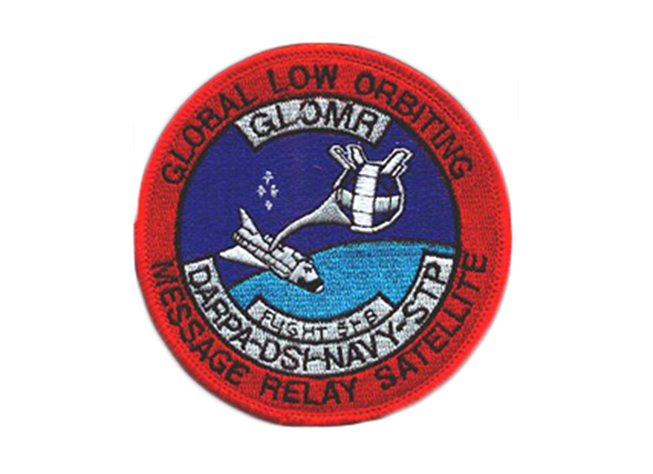The goal of the Global Low Orbiting Message Relay (GLOMR) satellite (aka CHEAPSAT) program was to demonstrate the feasibility of building a two-way, digital data communication satellite capable of performing important military missions for less than a million dollars in under a year. The broader objective was to demonstrate low-cost satellite construction technology that could pave the way for future satellites performing diverse missions.
Under DARPA sponsorship, Defense Systems, Inc. (DSI) designed and developed GLOMR. The spacecraft was placed into orbit from a getaway special canister (or GASCAN) aboard the Space Shuttle Challenger (Mission 61-A, Spacelab D-1) on Oct. 30, 1985, and operated successfully on orbit for over 14 months, before it fell back into the Earth’s atmosphere.
A series of tests, including the use of a portable access terminal at DARPA, were conducted between Washington, D.C., and Santa Barbara, Calif., demonstrating two-way, cross-country communications via GLOMR. DARPA assisted in transitioning the capability of, and lessons learned from, the GLOMR program to the Defense Department (DoD) and other government agencies.
The GLOMR program demonstrated the feasibility of low-cost satellites. This spacecraft served as a model for many DoD and non-DoD uses, including communications, tracking of beacons, remote-sensor readout, and classified applications.
